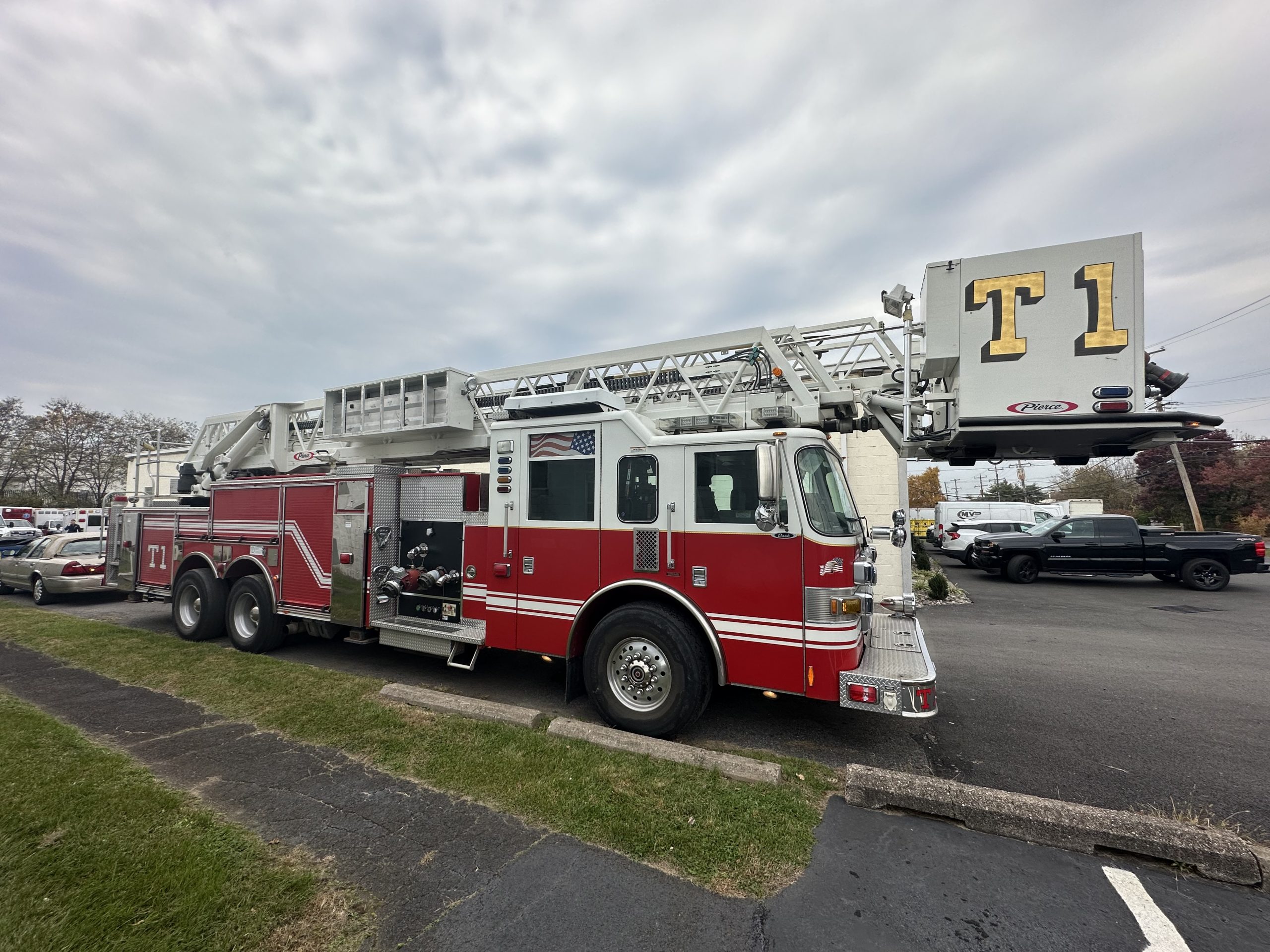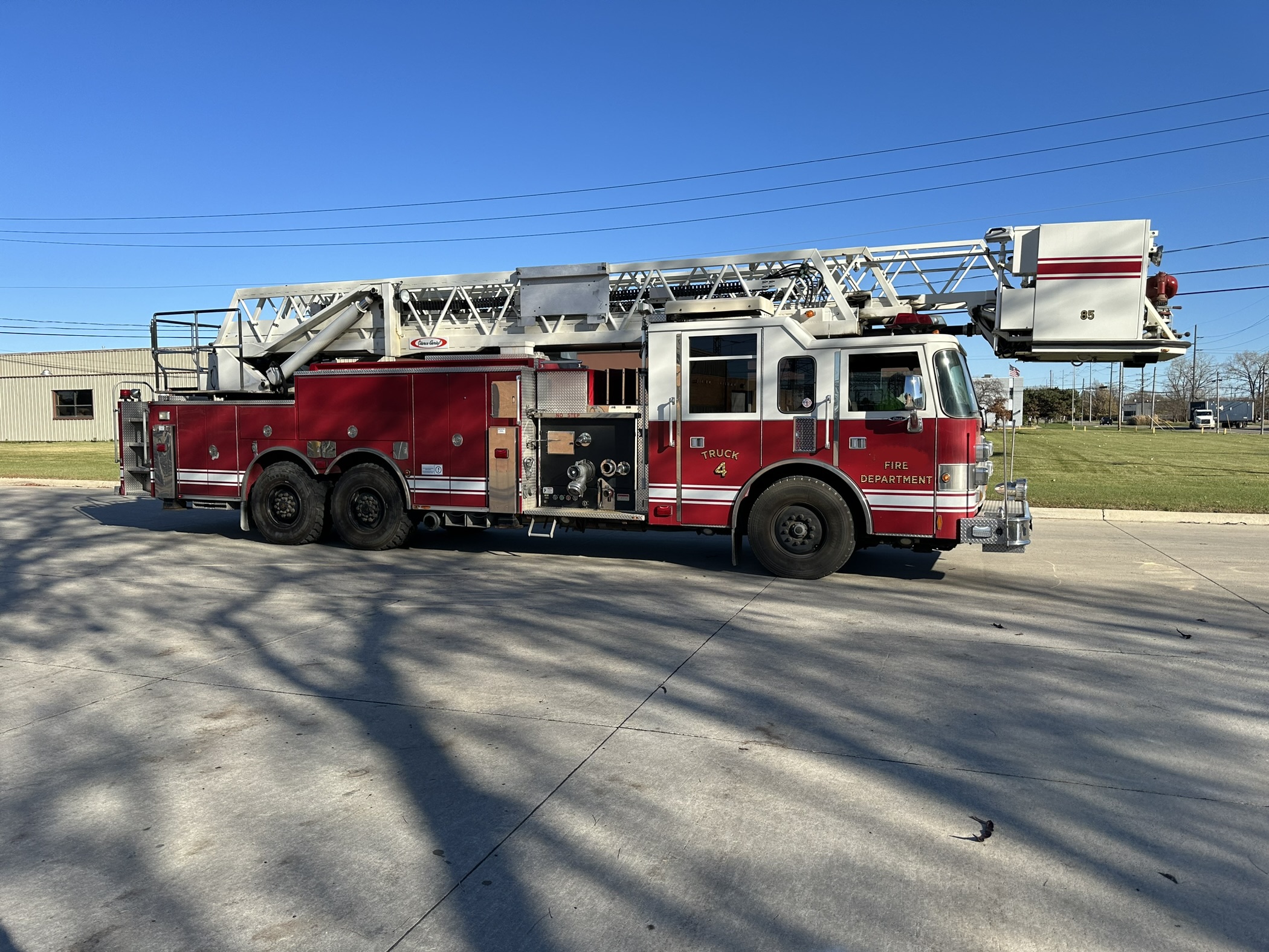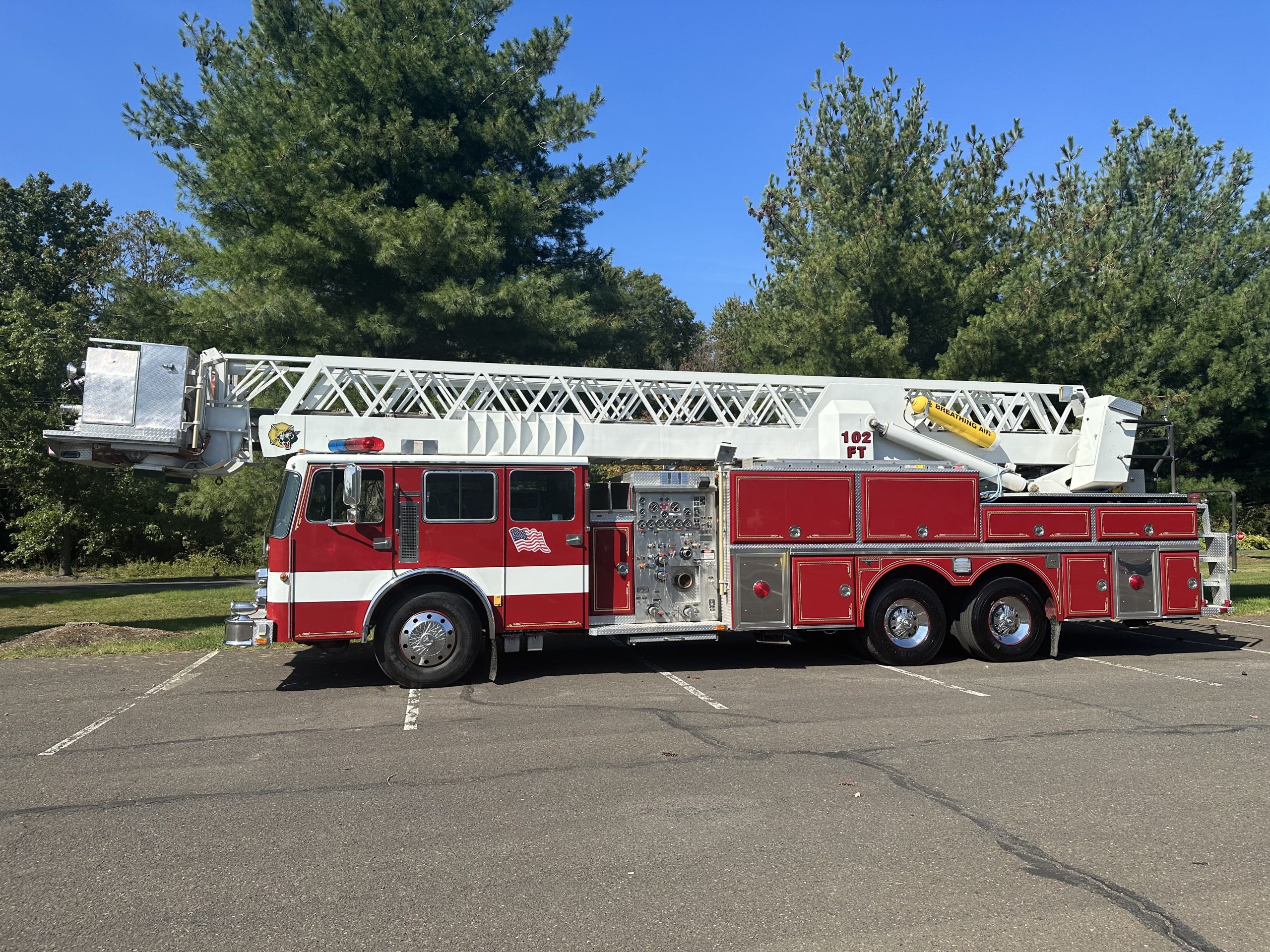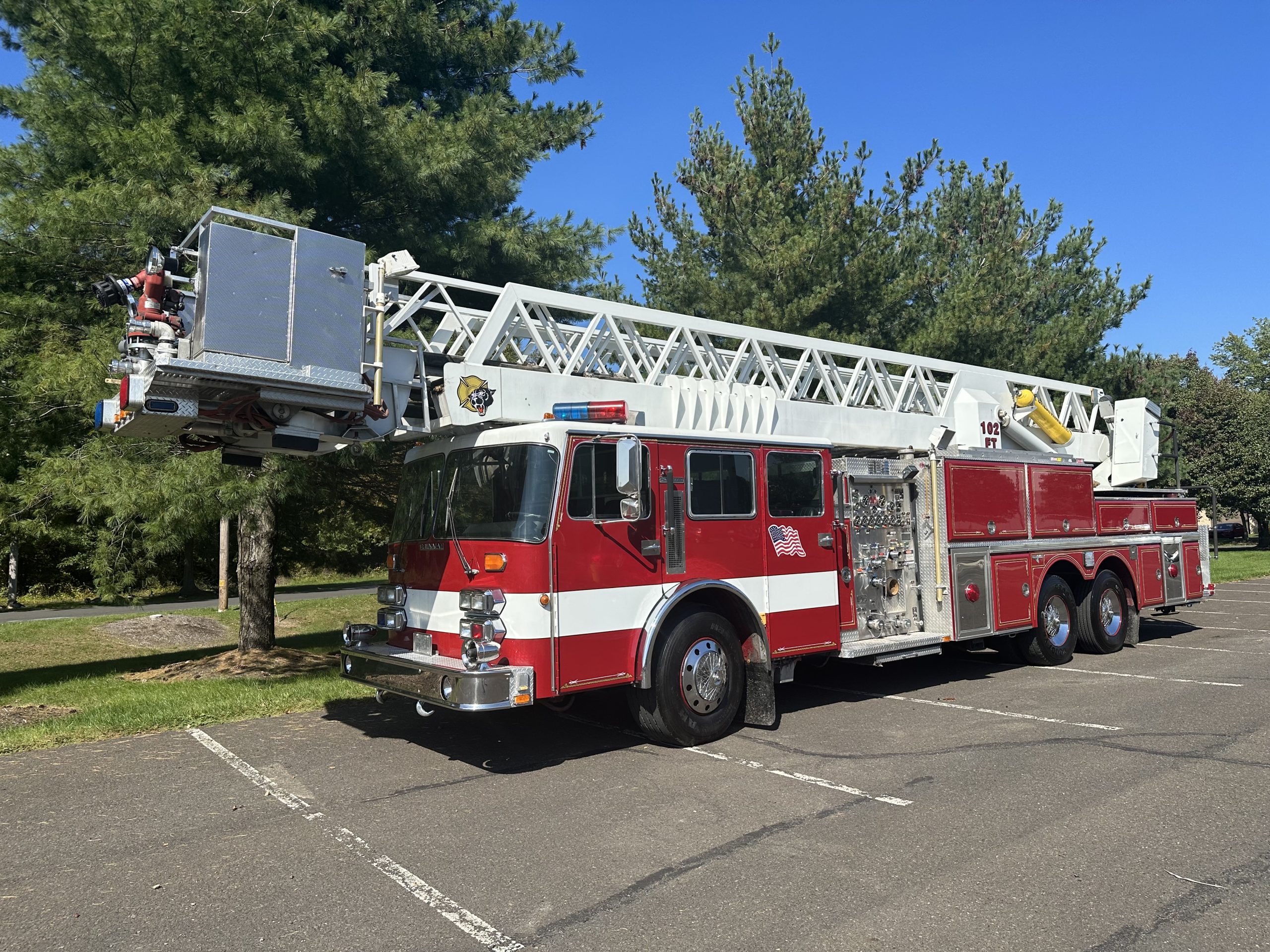Aerial fire trucks are the unsung heroes of firefighting, designed for the most challenging situations that require height, reach, and precision. Equipped with extendable ladders, aerial platforms, and water nozzles, these specialized trucks enable firefighters to tackle fires in multi-story buildings, perform high-elevation rescues, and gain a vantage point that standard fire trucks simply can’t provide. Here’s a closer look at the different types of aerial fire trucks, their uses, and why they’re crucial for modern firefighting.
What Are Aerial Fire Trucks?
Aerial fire trucks, or simply “aerials,” are fire trucks outfitted with extendable ladders or platforms, allowing firefighters to reach areas that would otherwise be inaccessible. These trucks are critical for departments that frequently respond to fires in urban areas, high-rise buildings, or industrial structures. Aerials are more than just ladders on wheels – they’re fully equipped with water pumps, hoses, and sometimes even rescue baskets for safely evacuating people from elevated positions.



Types of Aerial Fire Trucks
Aerial fire trucks come in a variety of forms, each suited to specific tasks and environments. Here are the primary types of aerials you’ll find in modern firefighting:
1. Straight Ladder Trucks
Also known as “truck companies” or “straight sticks,” these trucks are equipped with a fixed, extendable ladder but lack a platform or bucket at the top. Straight ladder trucks are primarily used for ventilation and exterior firefighting on taller structures. They offer a direct approach, providing rapid access to the upper floors of buildings.
Key Features:
- Extended Reach: Ladders that can extend up to 100 feet or more.
- Simplicity: No bucket or platform, which makes them easier to operate and maintain.
- Versatility: Great for window rescues and direct rooftop access.
2. Platform Trucks (Tower Ladders)
Platform trucks, often referred to as “tower ladders,” feature a bucket or platform at the top of the ladder. This allows firefighters to stand safely while operating high-pressure water nozzles, performing rescues, or accessing elevated areas. The platform adds stability and safety, making these trucks ideal for high-angle firefighting and rescues.
Key Features:
- Bucket/Platform for Stability: The bucket allows for a safer and more stable position at high elevations.
- Multiple Firefighter Capacity: Can hold multiple firefighters for effective high-point firefighting.
- Water Nozzles: Many platforms are equipped with remotely controlled water nozzles for high-pressure water delivery.
3. Articulating Boom Trucks
Articulating boom trucks, also known as “snorkels,” have a jointed or articulating arm rather than a straight ladder. This jointed structure enables the boom to maneuver around obstacles, making these trucks ideal for reaching confined or obstructed areas. Articulating boom trucks are especially useful in industrial areas or urban landscapes with tight spaces.
Key Features:
- Articulated Reach: The flexible arm can bend and extend around obstacles, providing more access.
- Enhanced Maneuverability: Perfect for hard-to-reach areas and unique rescue scenarios.
- Platform Options: Some models come with platforms for added stability and safety.
4. Quint Fire Trucks
Quint trucks, short for “quintuple” combination, serve as a hybrid between a standard fire engine and an aerial truck. These trucks combine five essential firefighting functions: pump, water tank, hose, ladder, and aerial capability. They’re versatile and often used by departments that need an all-in-one solution, especially in areas where resources or budgets may be limited.
Key Features:
- Five Functions in One: Combines water, pumping, and aerial capabilities.
- Compact and Versatile: Can operate as both a fire engine and an aerial.
- Ideal for Smaller Departments: Great for departments that need flexibility in a single vehicle.
Key Features of Aerial Fire Trucks
While the types of aerials vary, they share some essential features that make them indispensable for certain firefighting and rescue situations:
- Extended Ladders and Booms: The ladders or booms can reach heights of 75 to 100+ feet, providing firefighters with the access they need for tall buildings and rooftops.
- High-Pressure Water Delivery: Many aerials come equipped with nozzles that can be operated from the top of the ladder or platform, allowing firefighters to spray water from an elevated position.
- Safety and Stability Features: Platforms provide a stable base for firefighters, making it safer to operate at high elevations or perform rescues.
- Specialized Storage: Aerials carry the essential tools for high-angle rescues, ventilations, and other tasks, ensuring that firefighters have what they need when working at great heights.
When Are Aerial Fire Trucks Used?
Aerial fire trucks are critical in situations that involve height or require firefighters to access challenging locations. Here are some common scenarios where aerials are used:
- High-Rise Building Fires: Aerials provide essential access to windows, rooftops, and floors far above ground level, enabling firefighters to apply water directly or rescue occupants.
- Industrial Fires: Facilities with tall equipment, silos, or machinery may require aerial access, especially when fires break out in hard-to-reach spaces.
- Rescue Operations: Aerials with platforms can safely bring people down from high places, including buildings, cliffs, and even construction sites.
- Ventilation: Aerial trucks help firefighters reach rooftops to ventilate smoke and gas, improving visibility and conditions inside buildings.
Why Aerial Fire Trucks Are Essential
Aerial fire trucks play an essential role in modern firefighting because they extend the reach, capabilities, and safety of firefighting teams. Here’s why they’re invaluable:
- Increased Reach and Access
With the ability to reach tall buildings, aerials are crucial for urban firefighting. They enable firefighters to reach flames directly and respond to multi-story incidents where standard trucks would fall short. - Enhanced Rescue Capabilities
Aerials equipped with platforms make it safer to rescue people trapped at high elevations. The platform provides stability, while the ladder gives access to floors or rooftops out of reach for ground-based personnel. - Improved Fire Suppression Efficiency
The high-pressure water nozzles on aerials enable firefighters to attack fires from above, which can be more effective in certain situations. For instance, spraying water from an elevated angle can help prevent the spread of fire in high-rise buildings. - Supporting Various Firefighting Functions
Aerial trucks can assist in ventilation, water delivery, and even lighting during nighttime operations. They often carry specialized tools like axes, saws, and thermal imaging equipment, making them a multi-functional asset in emergencies.
Choosing the Right Aerial Fire Truck
For departments looking to add or upgrade an aerial truck, it’s essential to consider the primary needs of your area. Urban departments with tall buildings might prioritize tower ladders for their stability and rescue capabilities, while those with confined spaces might benefit more from an articulating boom truck. Budget, crew size, and the specific nature of the community you serve will also play a role in choosing the right type of aerial fire truck.
If you’re in the market for a reliable aerial fire truck, explore our selection of certified, refurbished trucks here.
Conclusion
Aerial fire trucks are indispensable tools for firefighting teams, especially in urban or high-rise environments. With various options like straight ladders, platform trucks, articulating booms, and quints, these trucks cater to diverse firefighting and rescue needs. Their specialized features ensure that firefighters can reach new heights – quite literally – to save lives and protect property. Whether it’s fighting a towering blaze, rescuing trapped occupants, or accessing hard-to-reach areas, aerial fire trucks are an essential asset for any well-equipped fire department.
For more information on aerial fire trucks or to see our current listings, visit FireTruck.Center.

